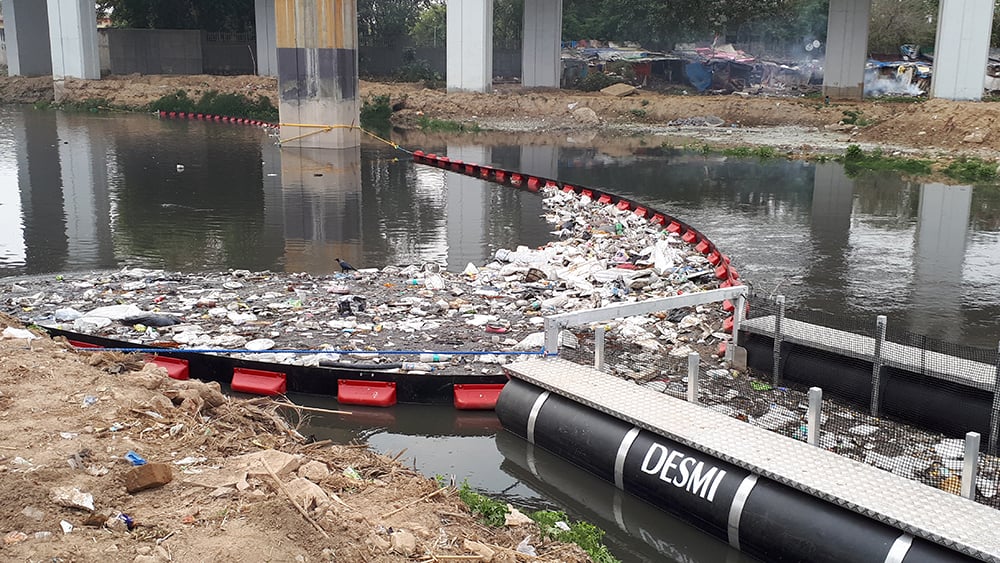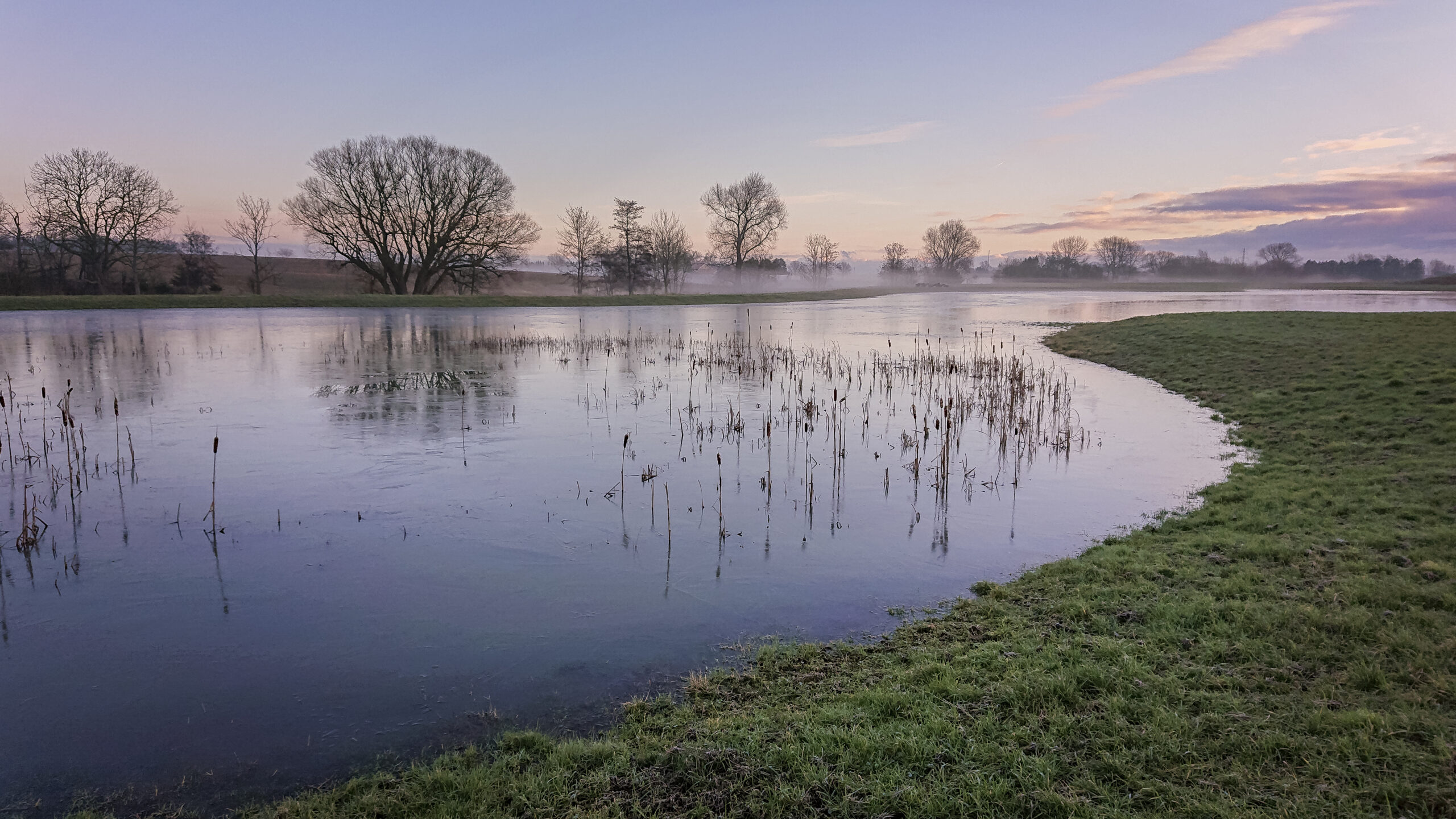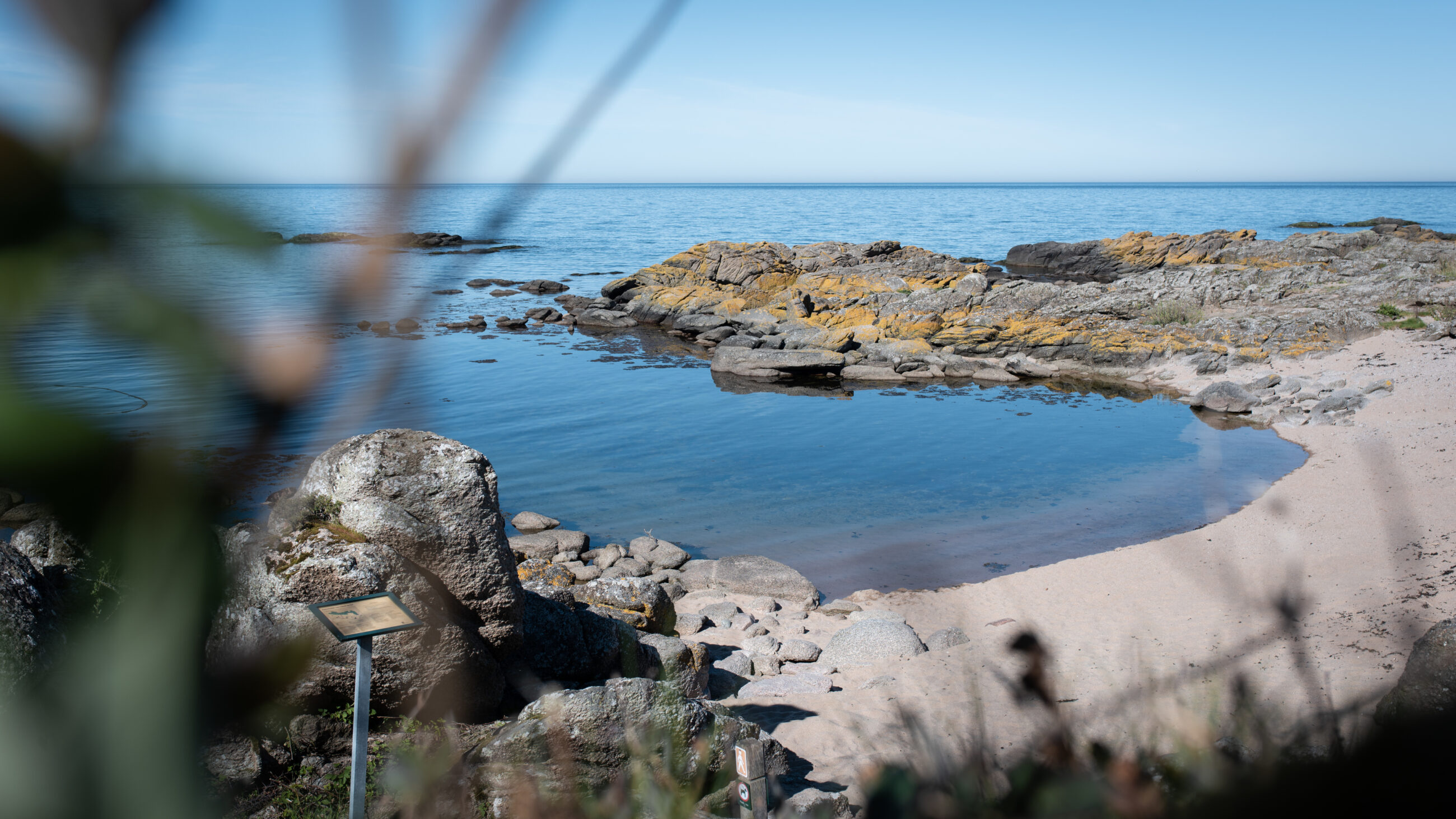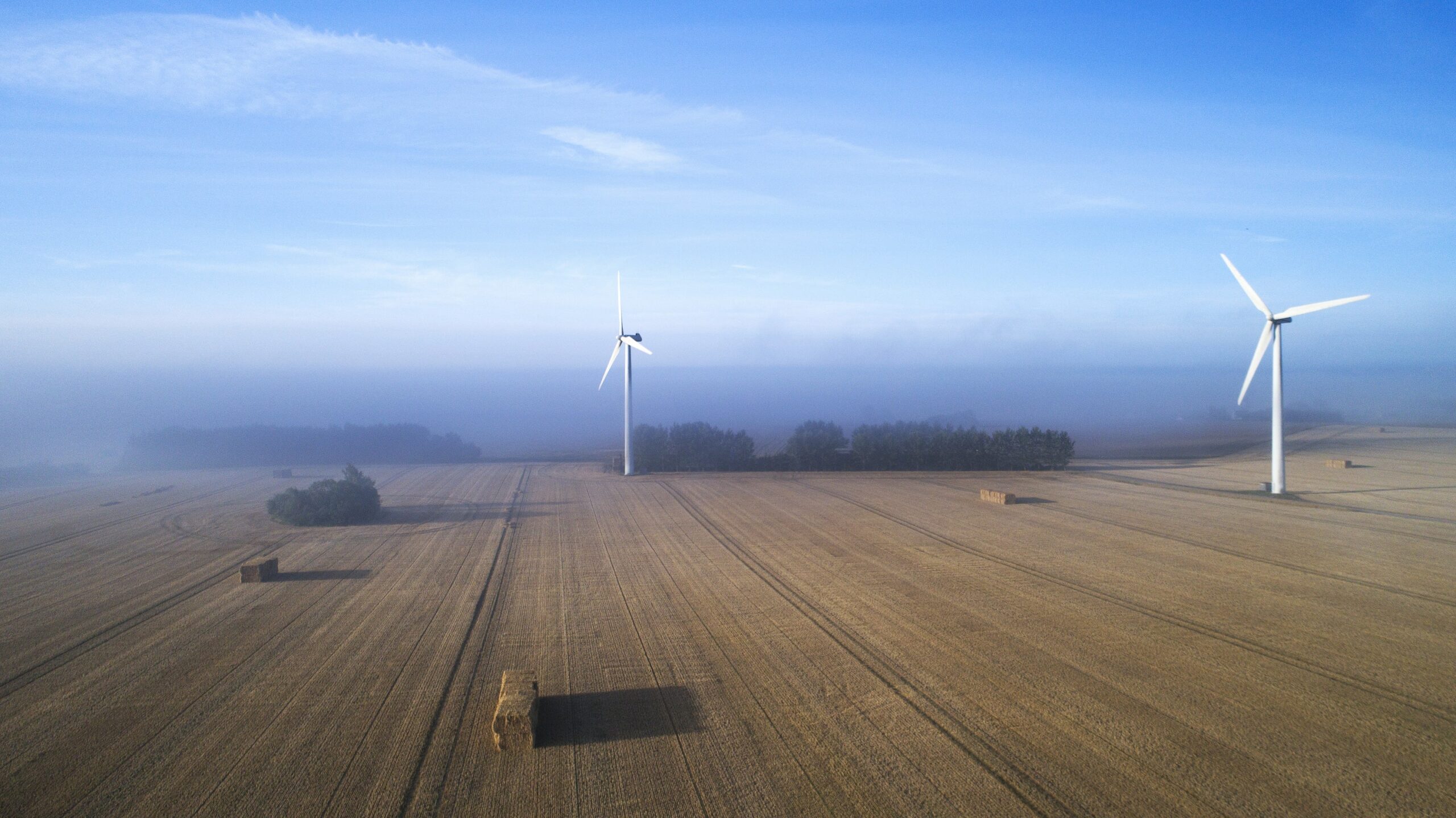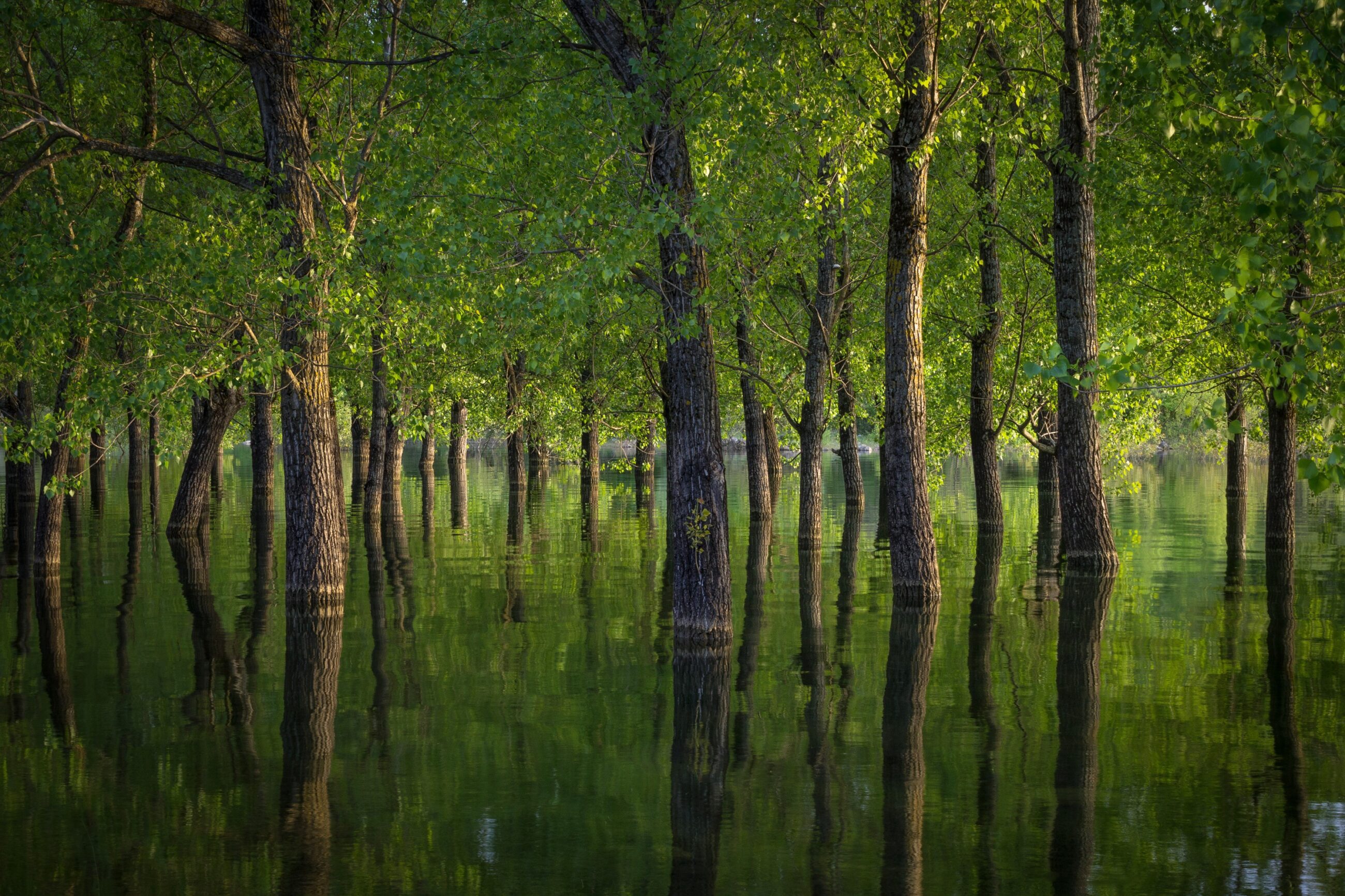News
Landfill and soil remediation
Recycling of waste to material
Waste management
+1
Grains and vegetables to be grown in festival pee
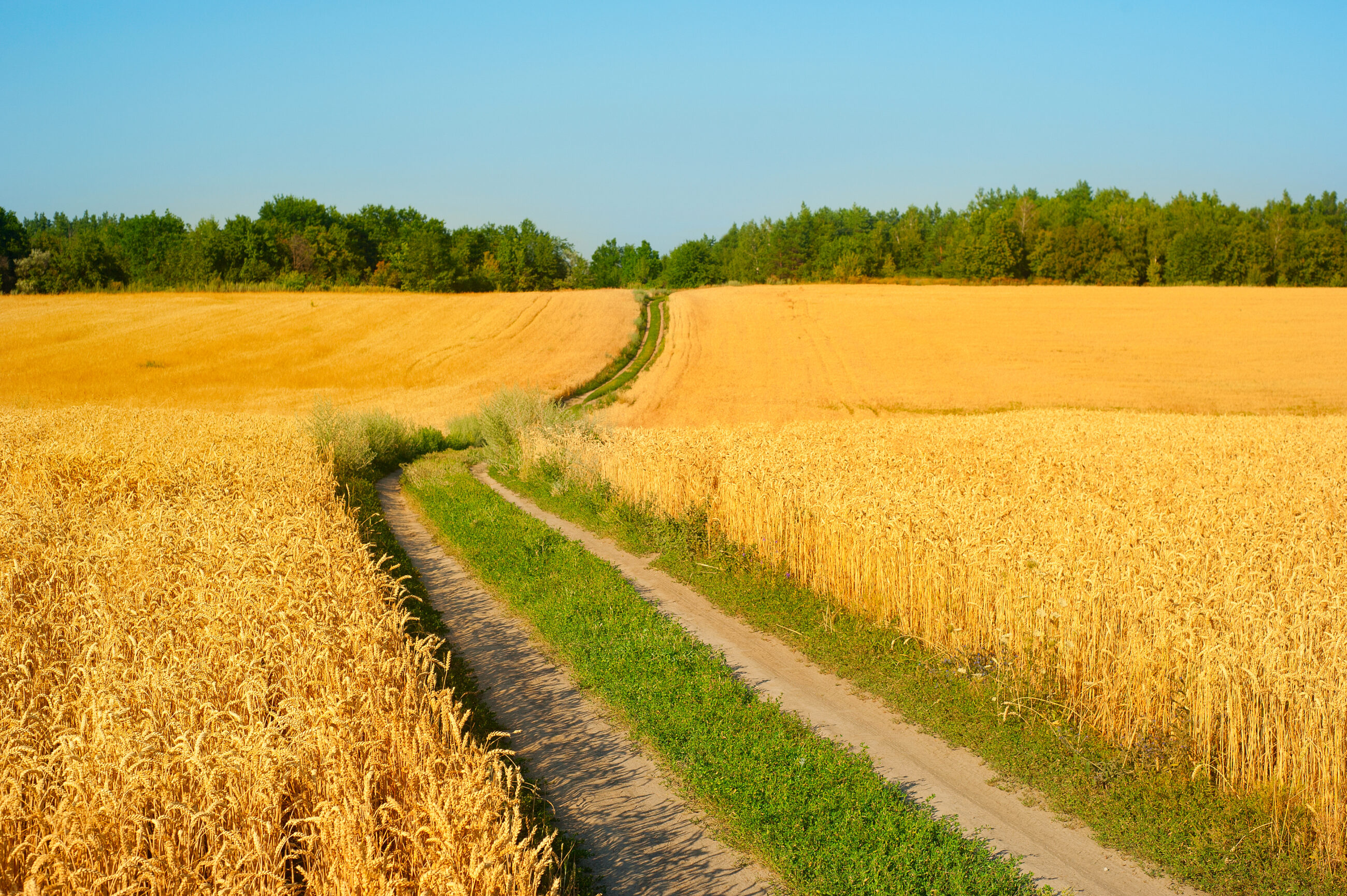

Although phosphorus is a very common element, it is estimated that the phosphorus sources we use today will be exhausted within the next 100 years, so the search for alternative sources—and preferably some which are climate-friendly—has begun.
A group of BEng students have come up with a solution based on one of the original sources of phosphorus: urine. Via their urine, humans annually excrete the amount of nutrients needed to grow 250 kg of grains. The challenge is, however, to get the nutrients to where they are needed—and this is where the students’ idea, PeeBalls, comes into play.
-Related news: Denmark expands its deposit and return system to increase recycling
PeeBalls are small balls of a plant-based biogel that can absorb 200 times their own weight in liquid. When the balls are put into the urine, they absorb it, and subsequently the balls can be dehydrated, leaving them with only the nutrients. The concentrated nutrient balls can be used to fertilize fields instead of conventional fertilizers.
“During the three weeks we worked on the project, a lot of ideas were on the table. The biogel solution actually occurred somewhere else, i.e. as a possible method for removing water after cloudbursts,” said Liv Skovgaard, who has just completed her second semester on the BEng programme in Process and Innovation.
It was a visit to the Danish street and music festival, Distortion, which made the group realize the existing challenge of removing the large volumes of urine from festivals.
-Related news: Grubby festivalgoers are testing a showering system that uses recycled water
“If you want to use urine as a fertilizer, you need to collect it, and that is often the tricky part,” said Liv. “But at the major festivals, 3.7 million litres of urine are actually generated, which the organizers would really like to have removed in an eco-friendly manner.”
Festival-goers leave around 2.2 tonnes of phosphorus, which PeeBalls can integrate in the agricultural sector if they decide to implement the solution.
Source: Technical University of Denmark (DTU)
Journalist: Thomas Hjort Jensen

